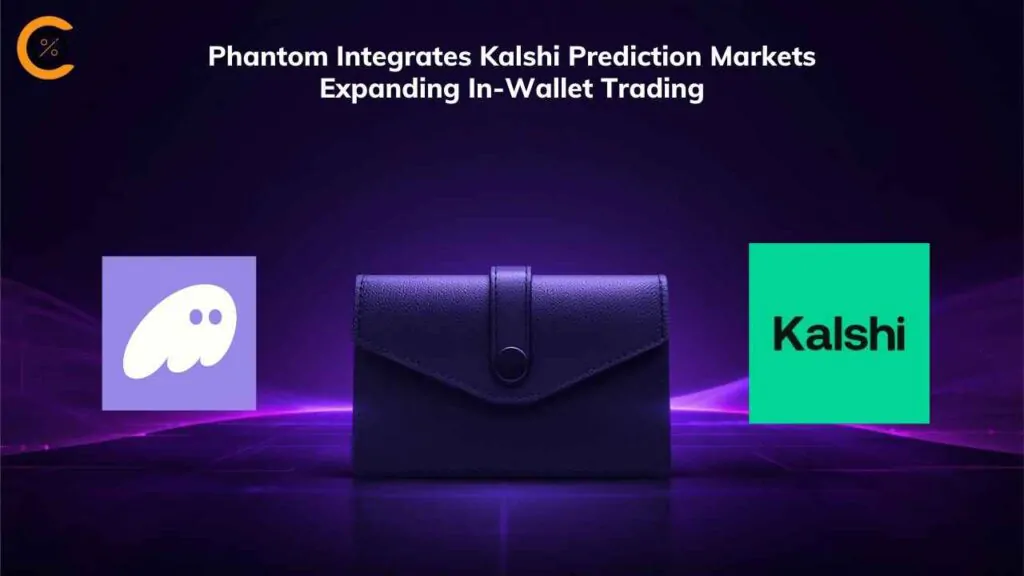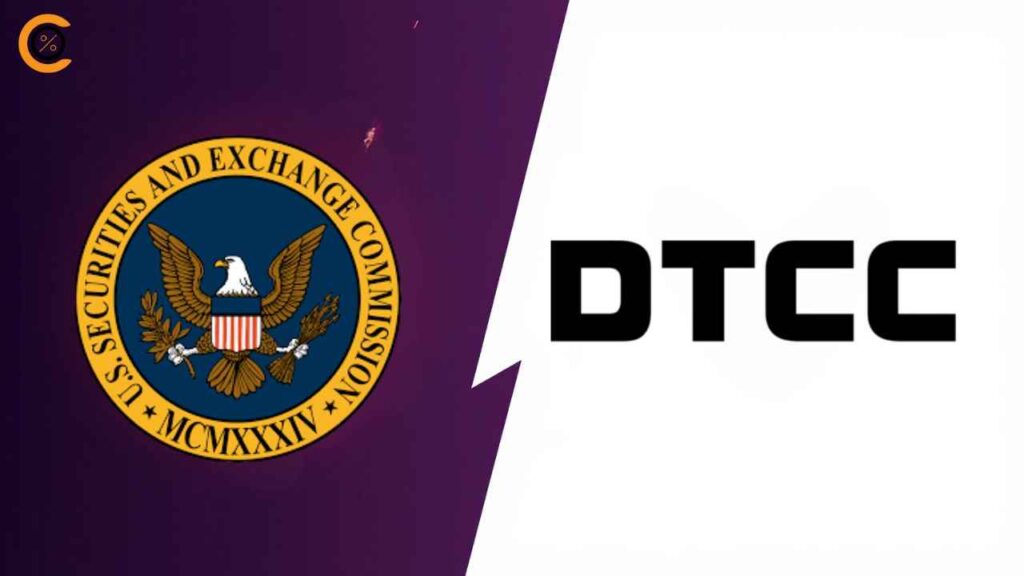- •Hyperliquid to introduce new safeguards after XPL pre-market saw a 200% whale-driven surge and $17M in liquidations.
- •Four whale wallets gained over $46M, with one address depositing 16M USDC and sweeping the order book.
- •The system worked as designed, shifting from order book liquidations to auto-deleveraging, with no protocol bad debt.
- •New safeguards include a 10x EMA cap on hyperp mark prices and integration of external market data like Binance’s.
Hyperliquid to introduce new safeguards after its XPL pre-market trading saw extreme volatility triggered by whale activity. On August 27, the token’s price surged more than 200% within minutes, wiping out over $17 million in trader positions and forcing the platform into auto-deleveraging. The event raised concerns about thin liquidity and manipulation risks, prompting Hyperliquid to strengthen its risk controls.
What Happened in the XPL Market
The sudden surge in XPL’s pre-market price came after large traders executed aggressive long positions that swept Hyperliquid’s order book. At its peak, the token reached nearly $1.80 on the platform, far higher than the $0.55 seen on Binance’s pre-market venue.
As prices spiked, cascading liquidations hit short positions, with CoinGlass data showing that over $17 million was wiped out in minutes. Analysts estimate that four whale addresses made more than $46 million in profits from the squeeze. One wallet, identified as 0xb9c, reportedly deposited 16 million USDC to fuel the trades. Some observers speculated on possible ties to TRON founder Justin Sun, but this remains unverified.
The extreme volatility drained liquidity, forcing Hyperliquid’s systems to switch from standard liquidations to auto-deleveraging; a mechanism designed to prevent bad debt when the order book cannot handle positions at risk.
No Technical Failures Reported
Hyperliquid confirmed that its blockchain and liquidation mechanisms worked as intended. Liquidations first went through the order book before moving to auto-deleveraging once margins fell too low. The protocol stressed that all losses were confined to the XPL market thanks to its isolated margin system, ensuring no cross-asset exposure or bad debt.
The team noted that pre-launch markets carry unique risks, including low liquidity and higher volatility. It reminded traders that all hyperp contracts come with warnings about liquidation risk and urged users to apply careful risk management.
Decision to Strengthen Risk Controls
In response to the event and trader feedback, Hyperliquid announced two new safeguards to be included in its next upgrade.
The first introduces a hard cap that limits mark prices on hyperps to a maximum of 10 times the 8-hour exponential moving average. This cap is intended to set clearer boundaries for overcollateralized shorts and encourage stronger liquidity provision during volatile conditions.
The second update incorporates external perpetual market data, such as Binance’s pricing for the same pre-launch assets, into the mark price formula. This is designed to strengthen price signals in thin markets without altering funding or profit-and-loss calculations.
Broader Implications
The incident drew attention not only because of the scale of losses but also because it followed earlier scrutiny over Hyperliquid’s handling of another token, JELLY. Both cases highlight the challenges of maintaining stability in pre-launch markets where liquidity is limited and large players can move prices significantly.
While some users criticized Hyperliquid for allowing the anomaly, the platform has emphasized its permissionless nature and lack of liability for traders who fail to manage risk. At the same time, the new safeguards suggest a willingness to adapt in order to protect market confidence and reduce extreme volatility in the future.
Looking Ahead
The move by Hyperliquid to introduce new safeguards reflects an effort to address vulnerabilities exposed by the XPL event. By capping mark prices and integrating external market data, the platform aims to reduce the impact of sudden whale-driven surges while maintaining its open, permissionless model. As pre-launch markets remain volatile by design, the effectiveness of these measures will be closely watched in shaping trader confidence going forward.







